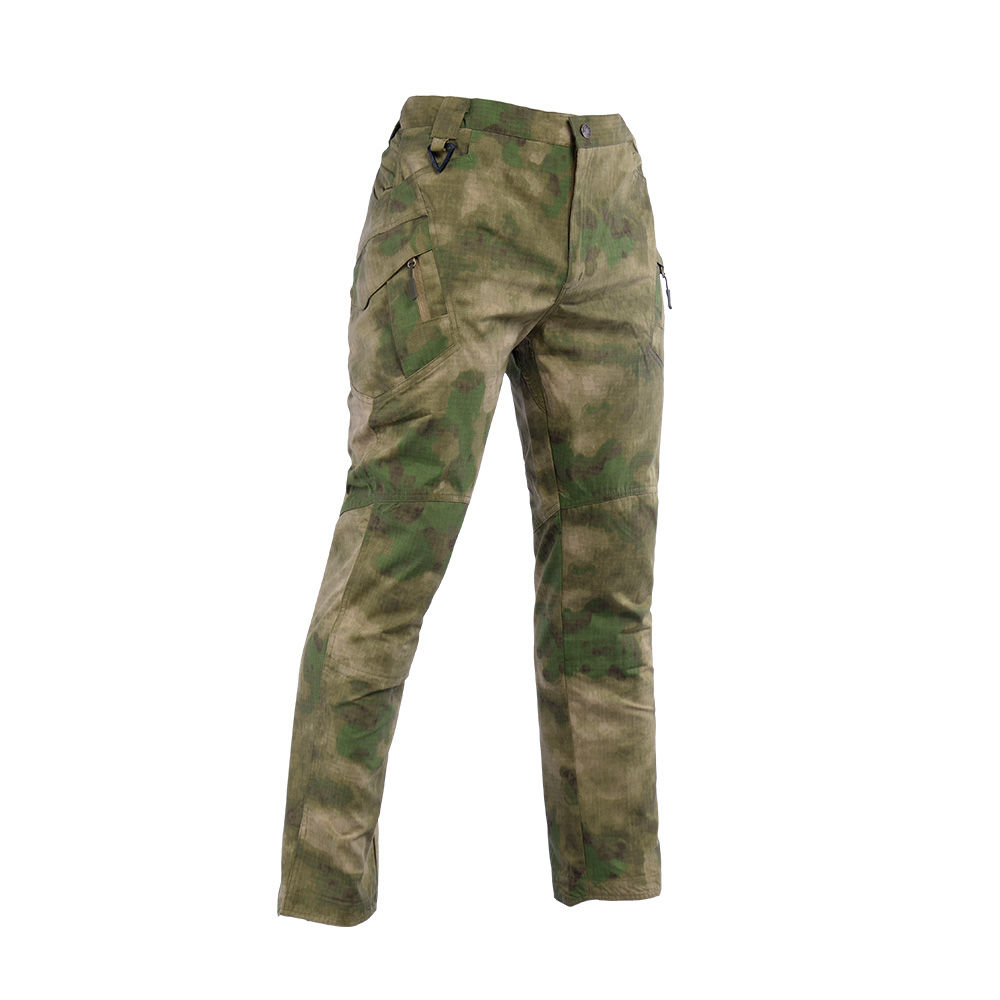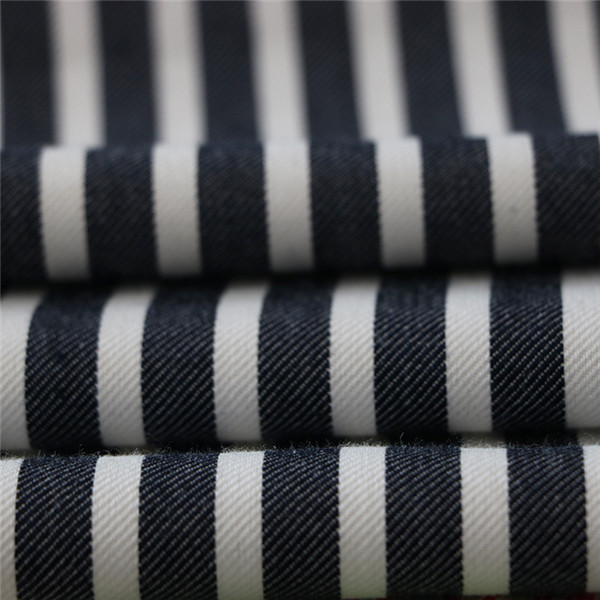L ess than three months before Sgt Pepper was released, on 12 March 1967, the Observer took a bemused look at the craze for military uniforms. ‘Pop patriotics? Dandyism? Consolation for having missed national service?’ There was plenty of brocade, brass and scarlet on show in the pictures, in which ‘very pale young men’ (and the occasional woman) struck fey or faintly confrontational poses.
Interrogated about what it all meant, the military fashion purveyor of choice, 26-year-old Ian Fisk of Portobello Road boutique I Was Lord Kitchener’s Valet, responded laconically. He didn’t know where the craze came from, wouldn’t reveal where he got his stock and, ‘What next? He doesn’t care.’ camo material by the yard

His customers were slightly more forthcoming. ‘I wouldn’t mind if I found a bullet hole,’ said one. ‘Fancy dress for soldiers, that’s what it was… in the first place. They look good on us, so what?’ said another. Asked where they wouldn’t wear uniform, suggestions included, ‘Aldershot, Sandhurst. No point in inviting someone to punch you’ and ‘within a mile of my mother’.
Fisk, who had recently opened a second store in Soho, was selling modified uniforms for about 10 guineas. Some of the adjustments were necessary because it was still a criminal offence to impersonate a member of the armed forces. Mazin Zeki, 18, of Muswell Hill, had been prosecuted for exactly that (his defence? ‘It’s fashionable and smart.’) Other modifications were purely for the purposes of extra fabulousness: a fashion duo called ‘Hypno-ties’ were ‘making up lace cravats and ruffles to add a dash’.

army asu uniform Some experts were willing to advance theories about why dressing to kill had become so popular among the young. The editor of Tailor and Cutter magazine saw a yearning for adventure. ‘They’ve got the same feeling for the heroic and dramatic as any other generation… a uniform satisfies just that.’ The manager of an army surplus store saw things more prosaically. ‘The clothes are cheap, warm and practical and the trousers have lots of pockets to put things in. It’s no more subtle than that.’